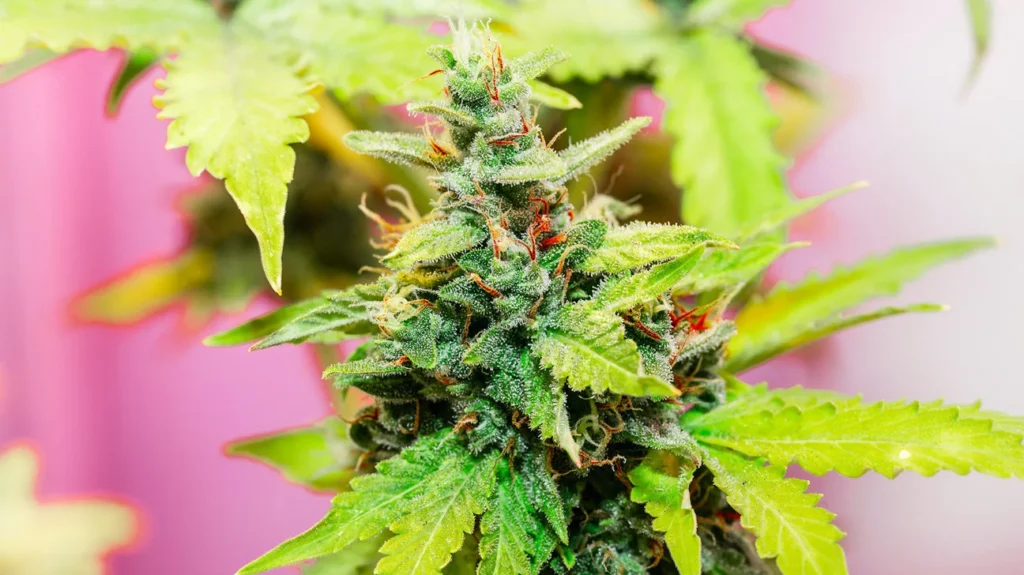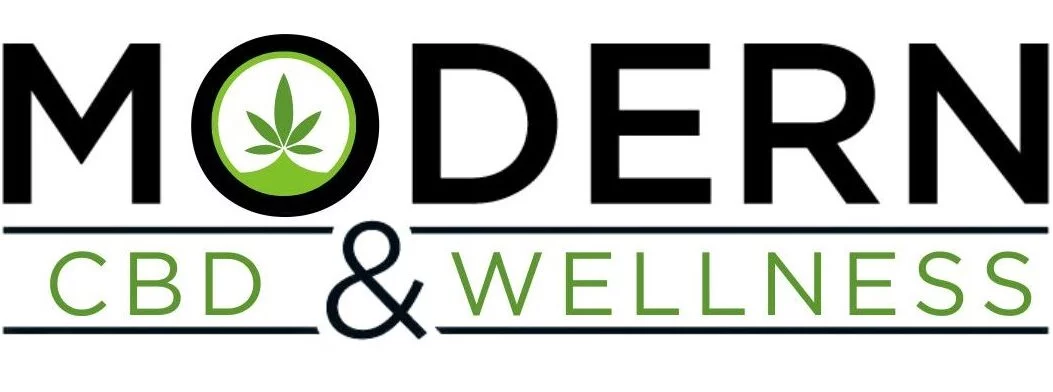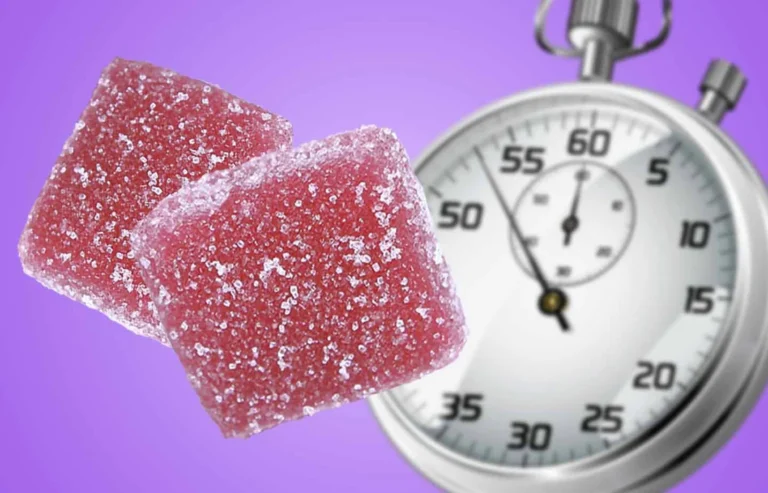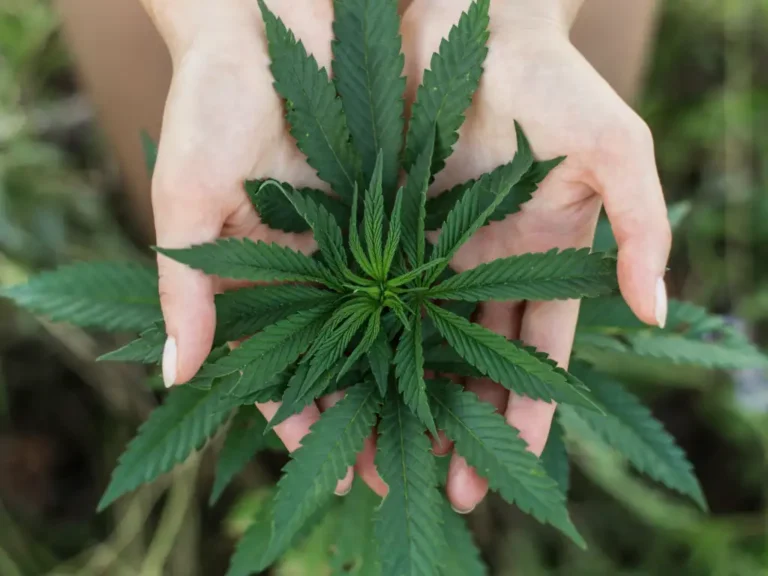What Is Considered High THC
In cannabis culture, the phrase “high THC” often comes up, intriguing both experienced users and those new to the scene. THC, short for tetrahydrocannabinol, is the main psychoactive compound in cannabis that produces the euphoric sensation many users seek. To grasp what “high THC” means, it’s essential to consider the varying THC levels in different strains and products, along with an individual’s tolerance and the overall consumption context.
THC content is measured as a percentage of the product’s total weight. For instance, a strain with 20% THC has 200 milligrams of THC per gram of flower. Cannabis strains are generally grouped by their THC levels: those with less than 10% are labeled as low THC, 10% to 20% falls in the moderate range, and anything over 20% is seen as high THC. Some potent strains can even exceed 30%, setting a new standard for what many consider “high.”
High THC levels are not just about percentages; individual tolerance is a key factor in how THC affects someone. Regular cannabis users often build a higher tolerance, needing more THC to feel the effects, while beginners may find even a strain with 15% THC to be quite strong.
This personal variability highlights the importance of not only focusing on the strain’s chemical makeup but also taking into account the user’s unique physiology and experience level.

The way THC is consumed greatly impacts how its potency is perceived. For instance, edibles tend to produce a stronger and longer-lasting high due to the liver’s conversion of THC into 11-hydroxy-THC, which can amplify the effects. In contrast, smoking or vaping provides a faster onset but shorter duration of effects. As a result, products labeled as high THC may feel different depending on the consumption method.
The impact of high THC isn’t just about the psychoactive experience. Strains with elevated THC levels can offer therapeutic benefits, providing relief from conditions like chronic pain, anxiety, or insomnia. The presence of other cannabinoids and terpenes also plays a role in shaping THC’s effects, often through the entourage effect. This synergy between cannabis compounds can enhance the therapeutic potential of high THC strains while reducing negative side effects like anxiety or paranoia.
Ultimately, what qualifies as “high THC” depends on various factors, including the strain, personal tolerance, and method of consumption. While anything above 20% THC is generally considered high, the experience can vary widely between individuals. As the cannabis industry continues to expand, understanding these complexities is essential for consumers navigating the wide array of products, particularly as the focus on potency grows in both recreational and therapeutic markets.






